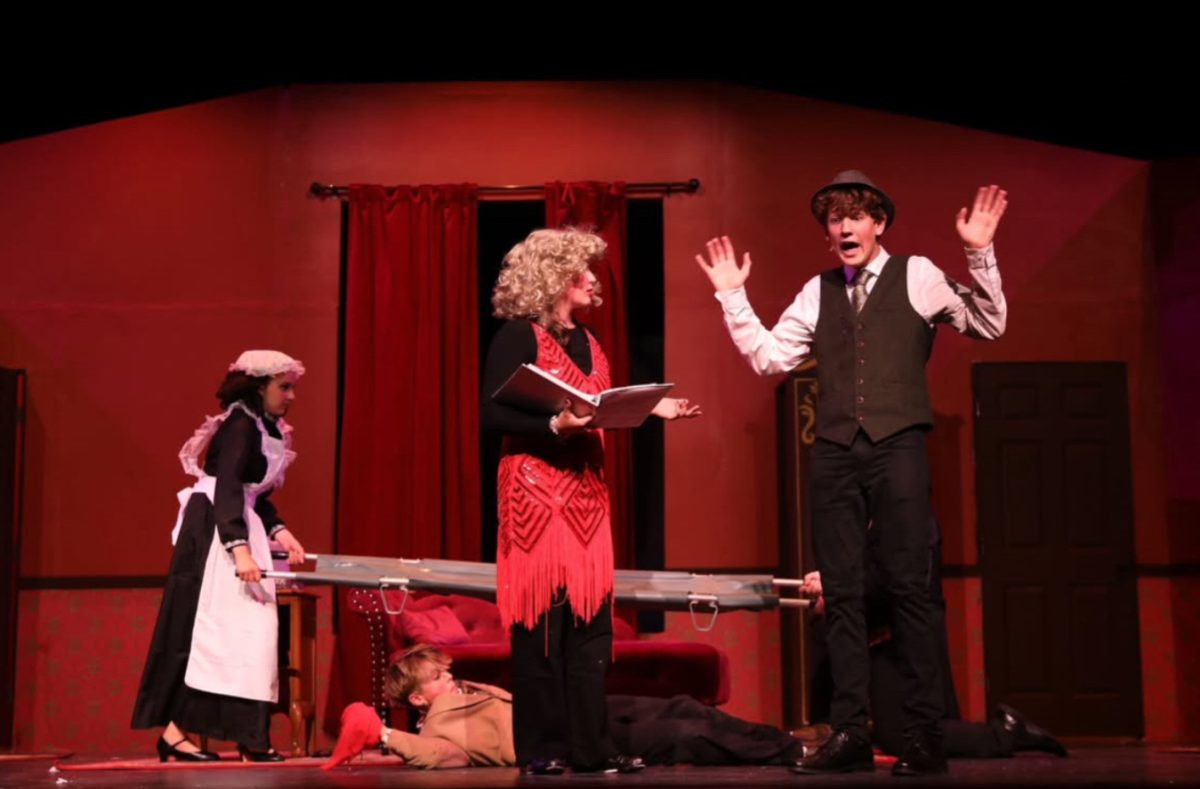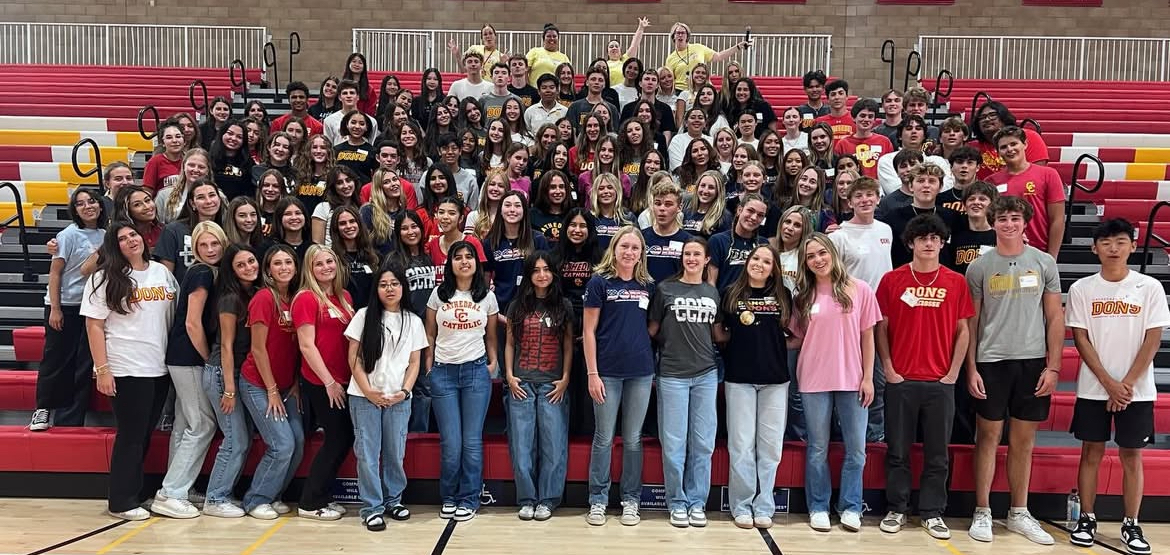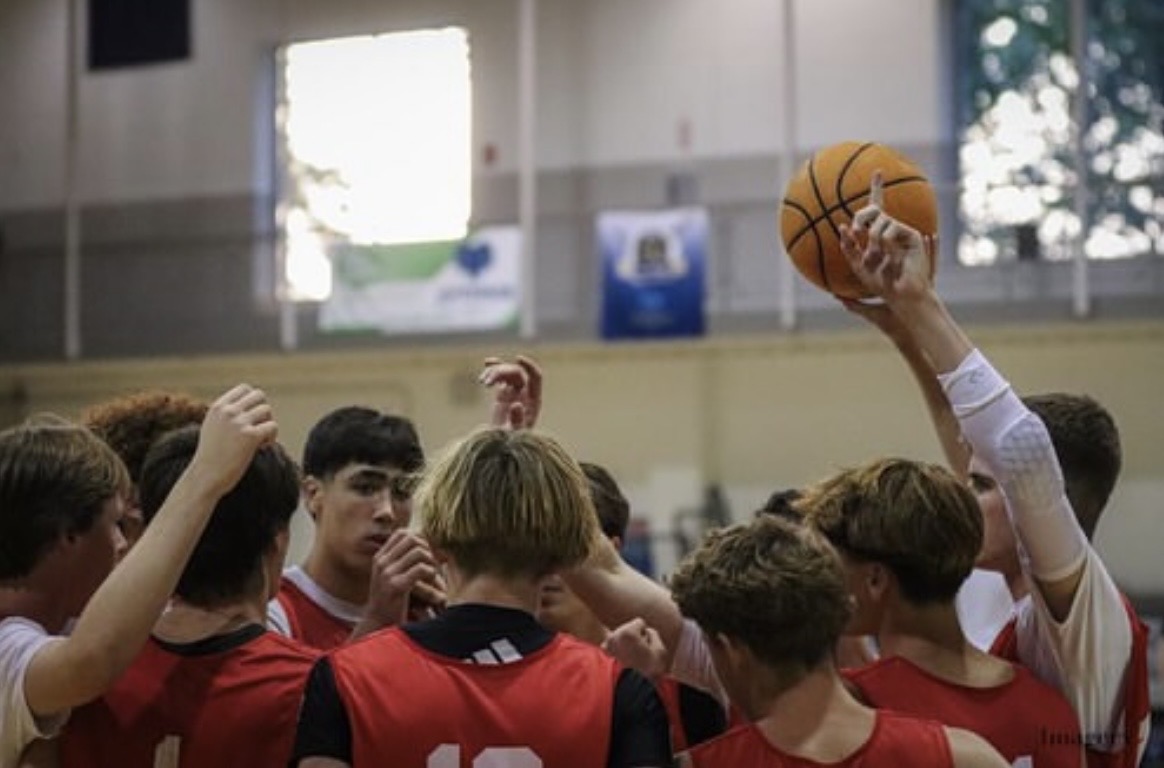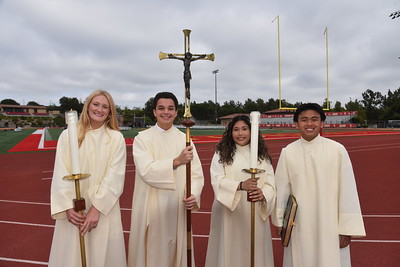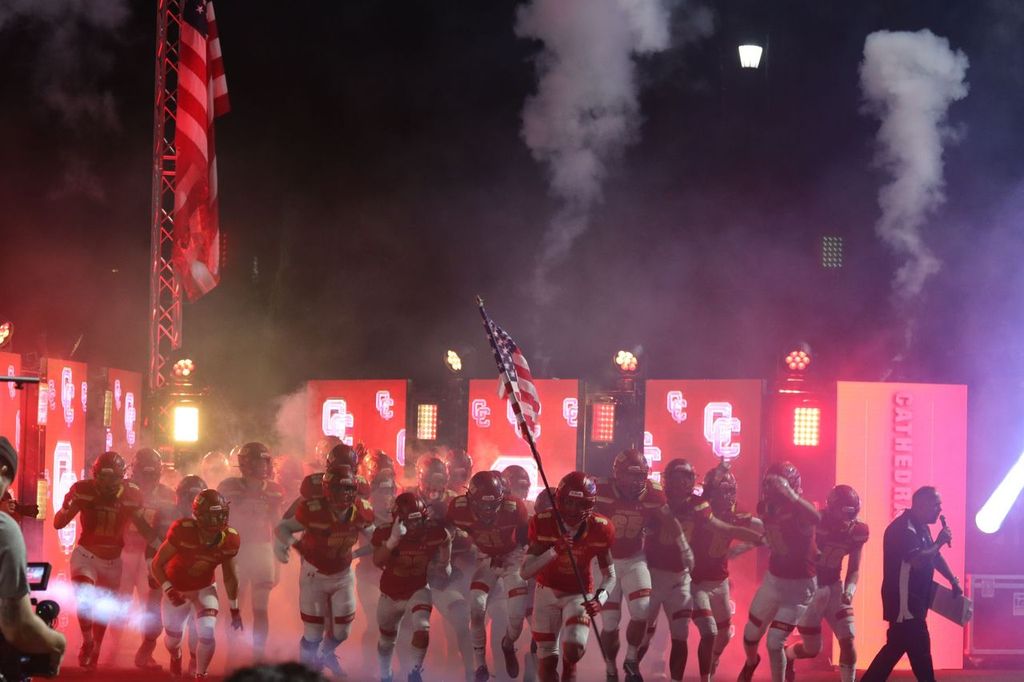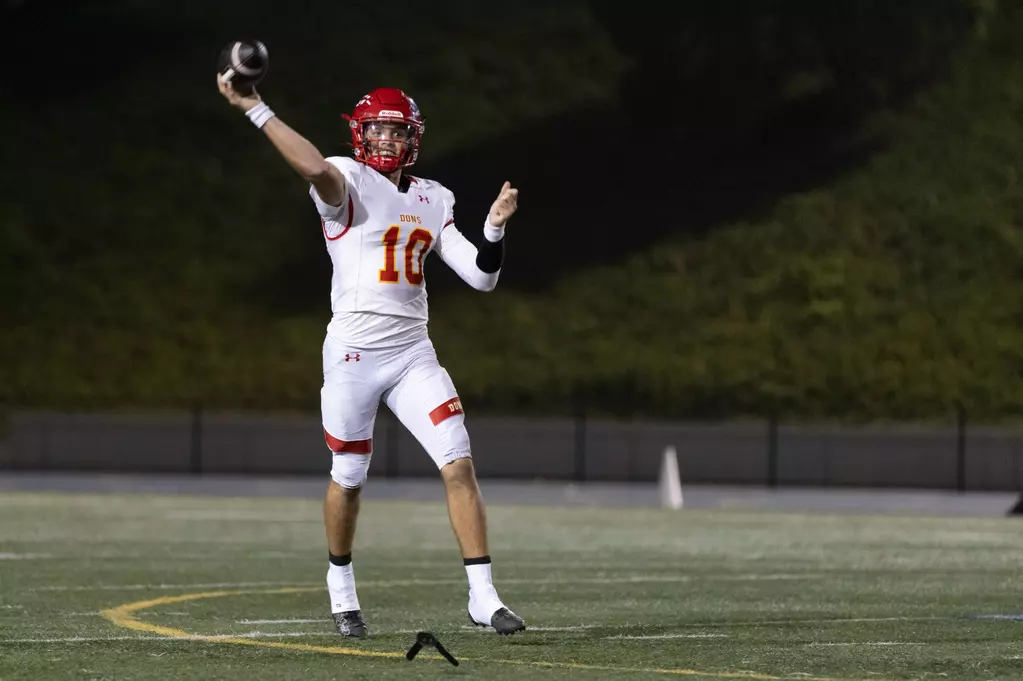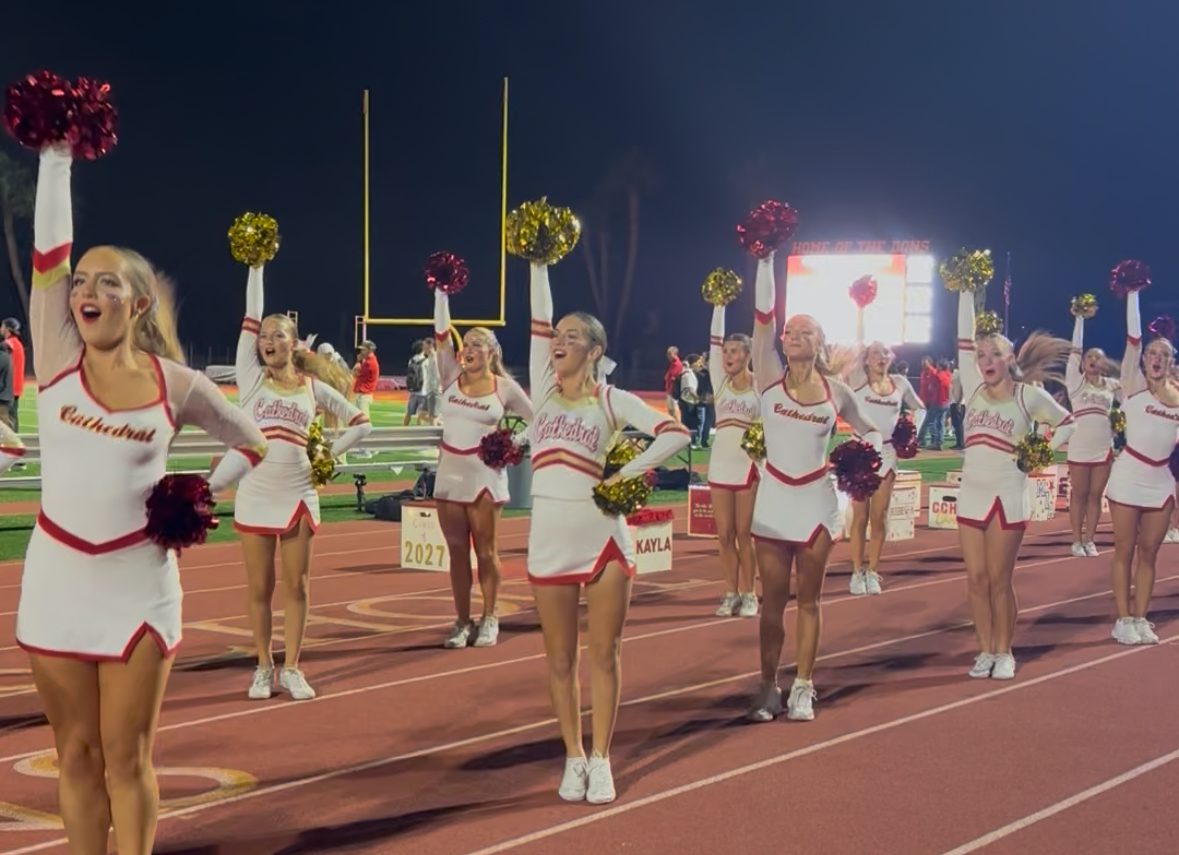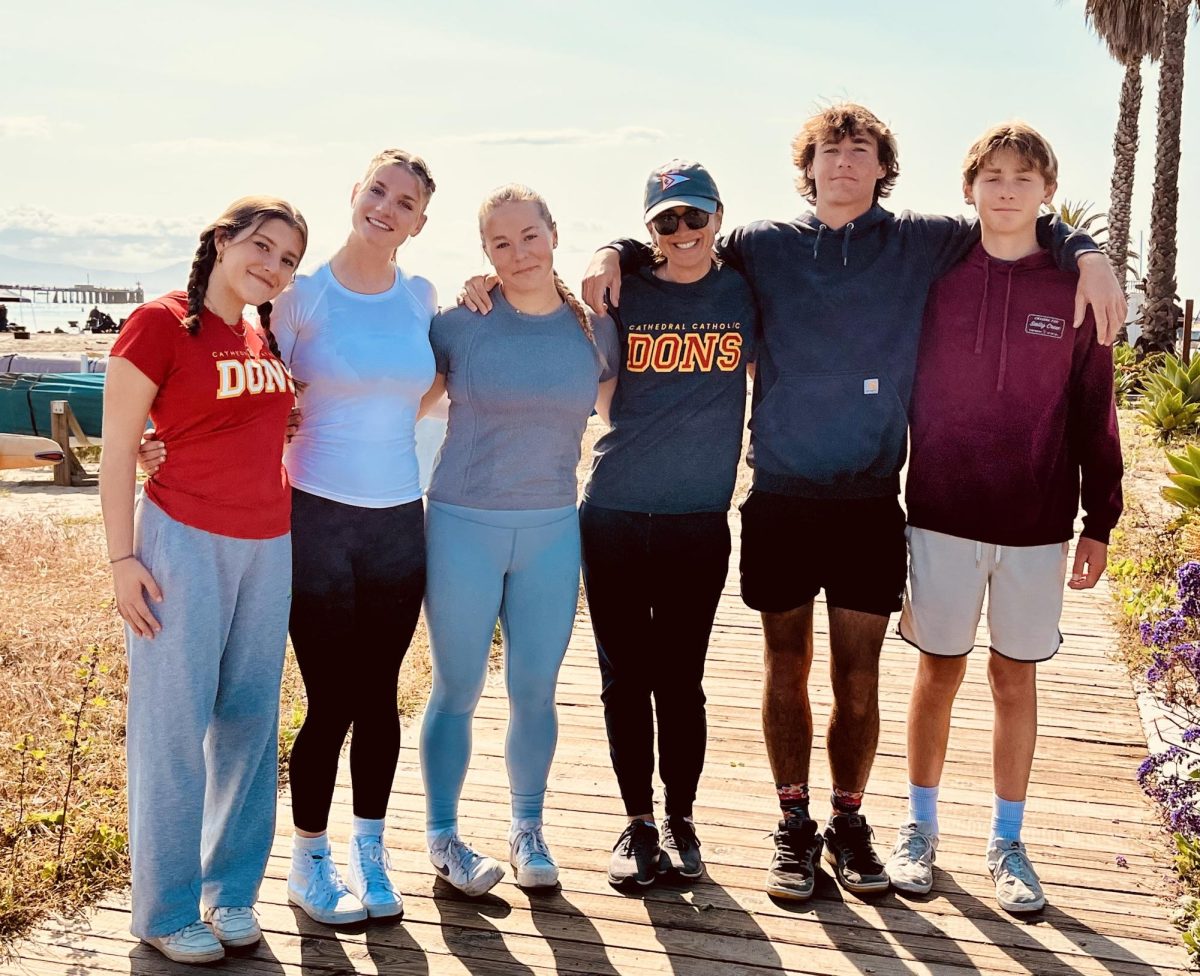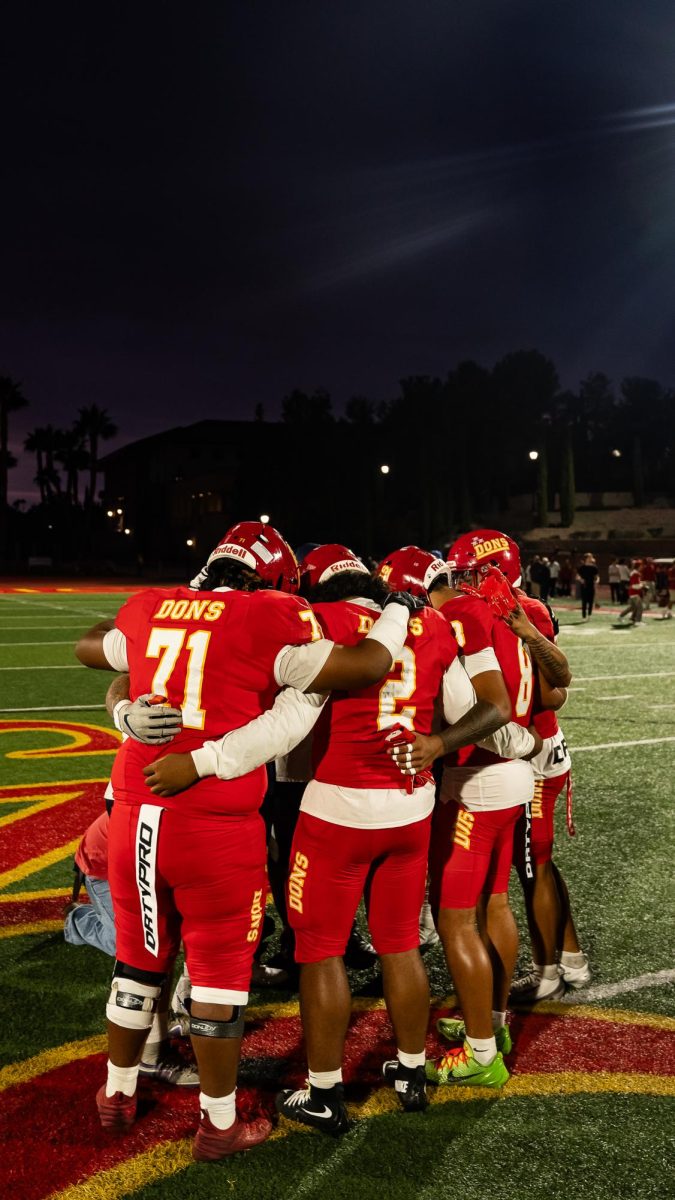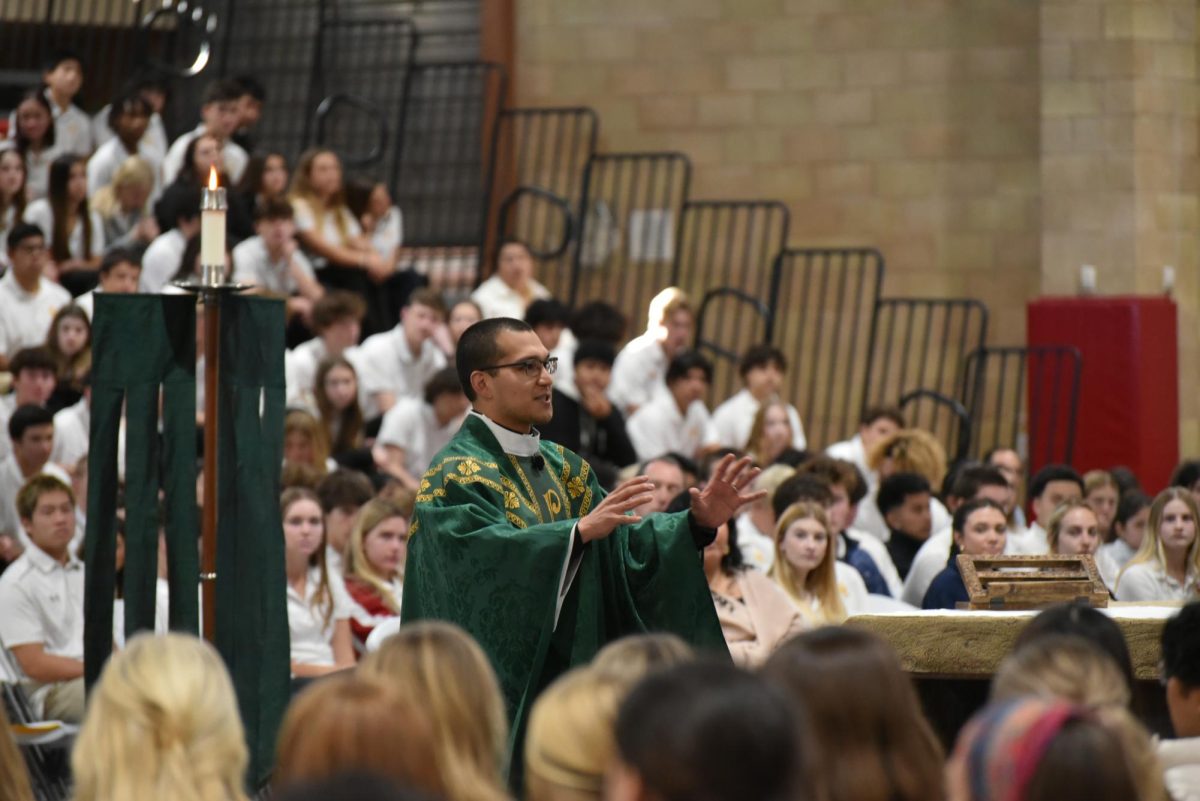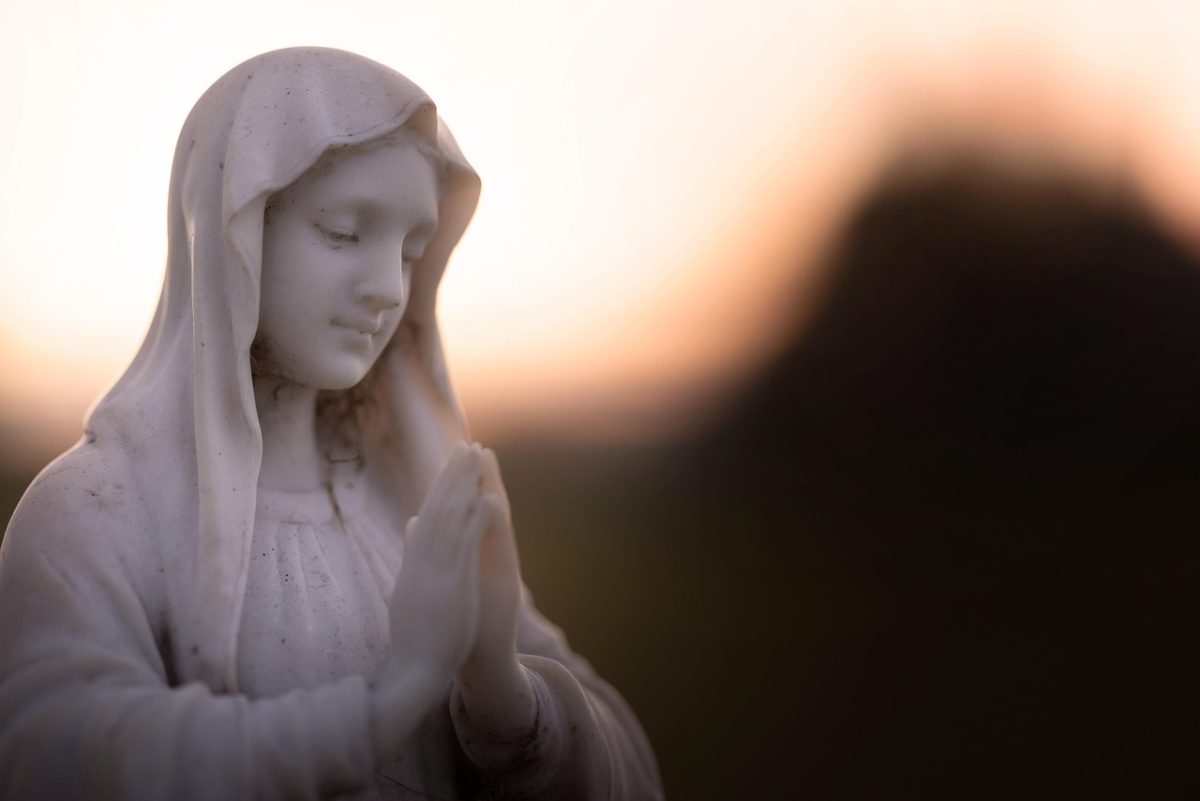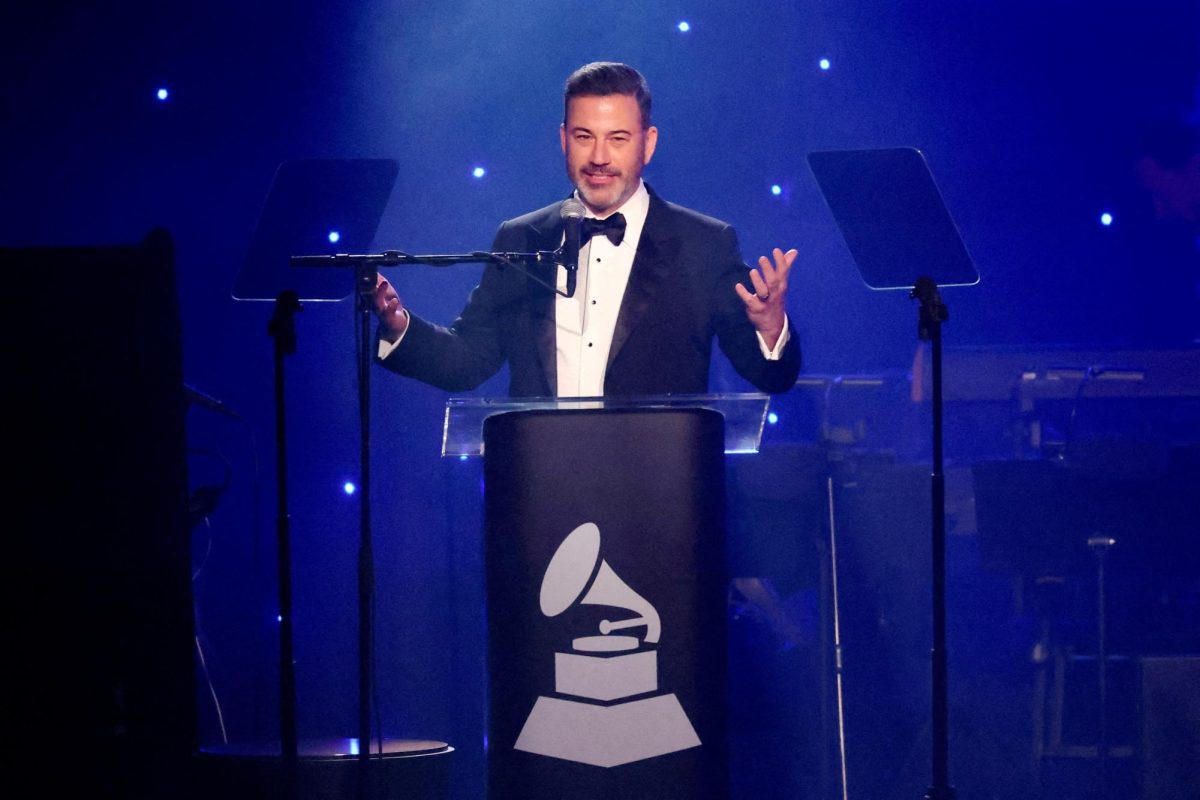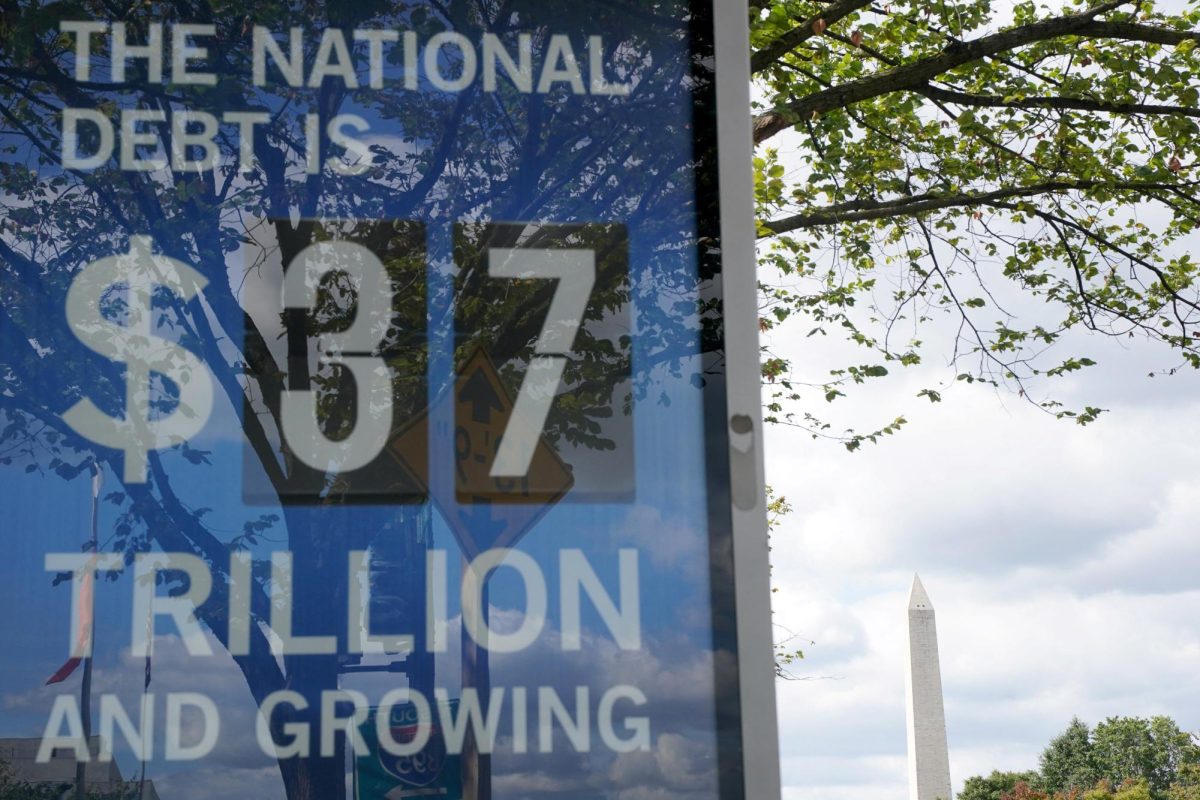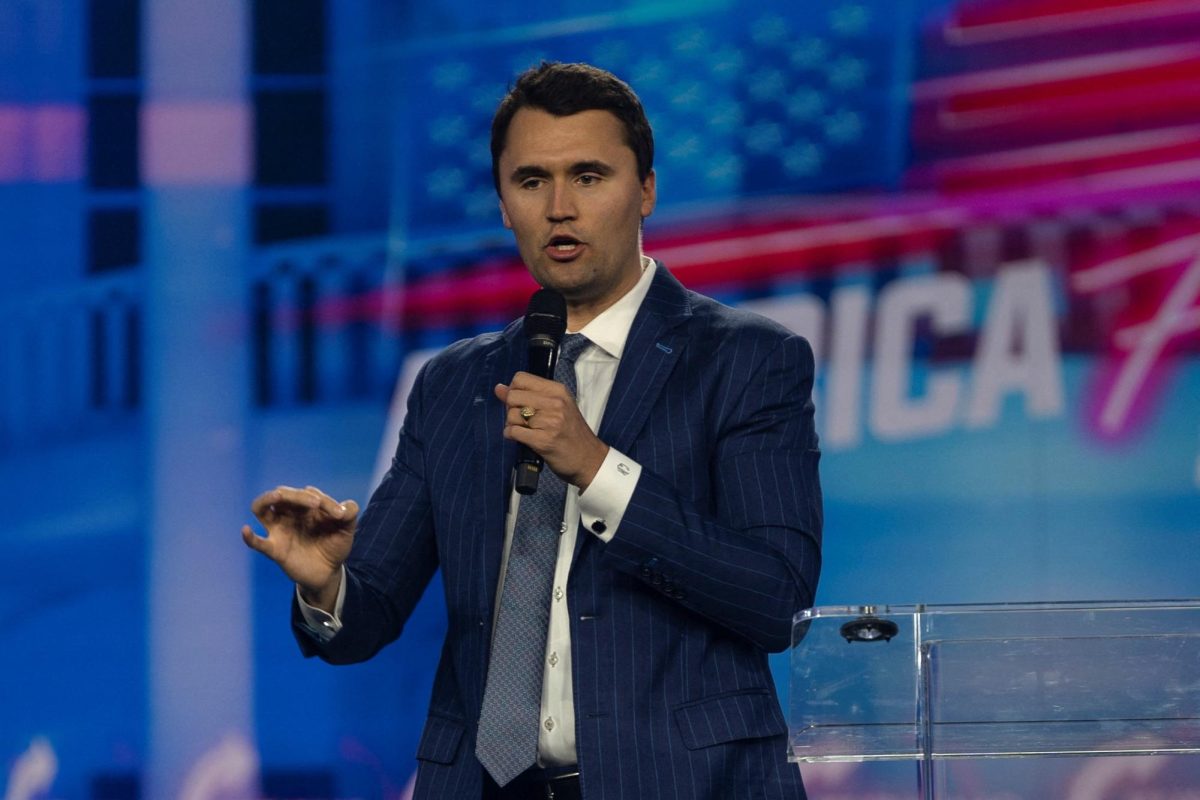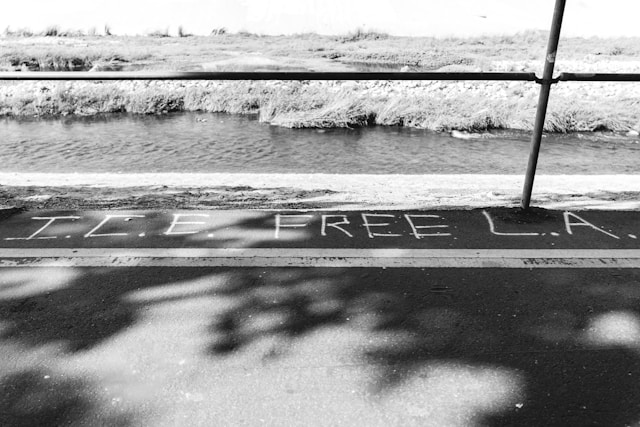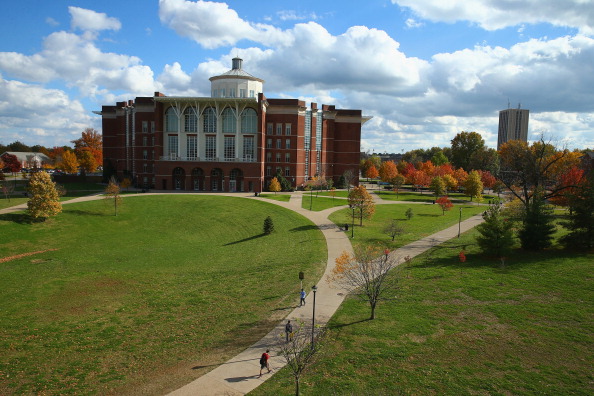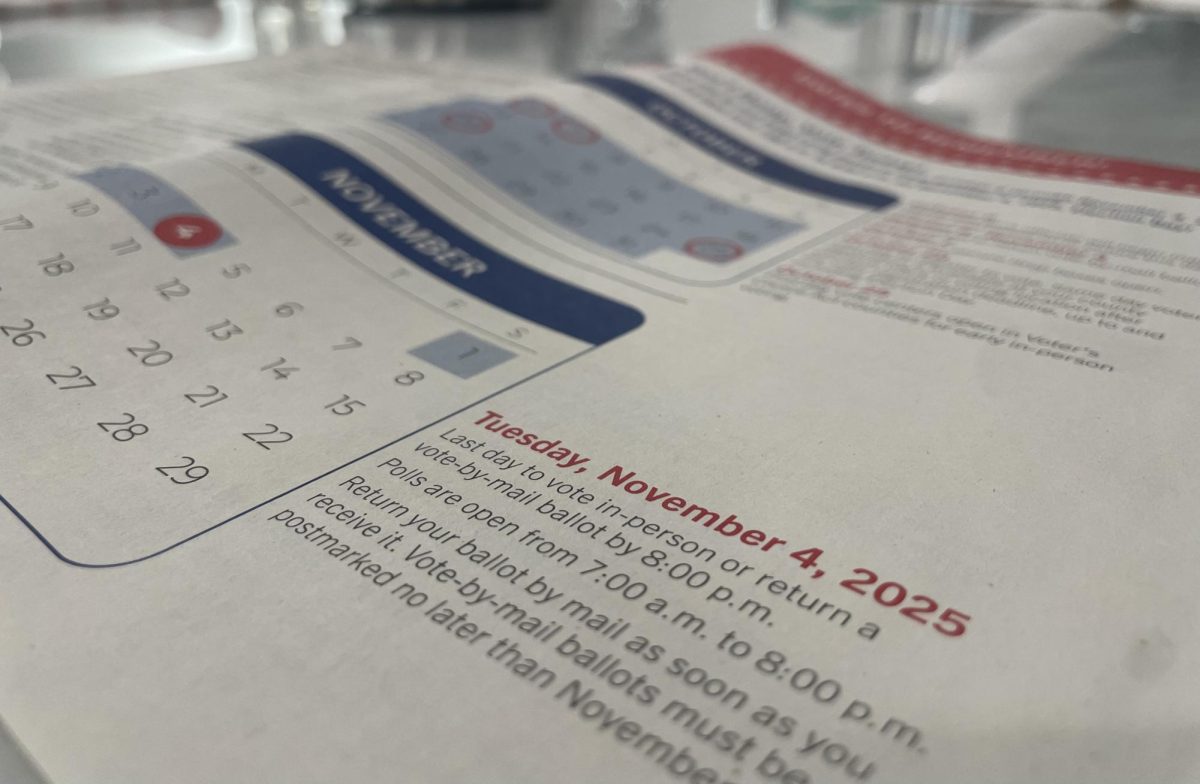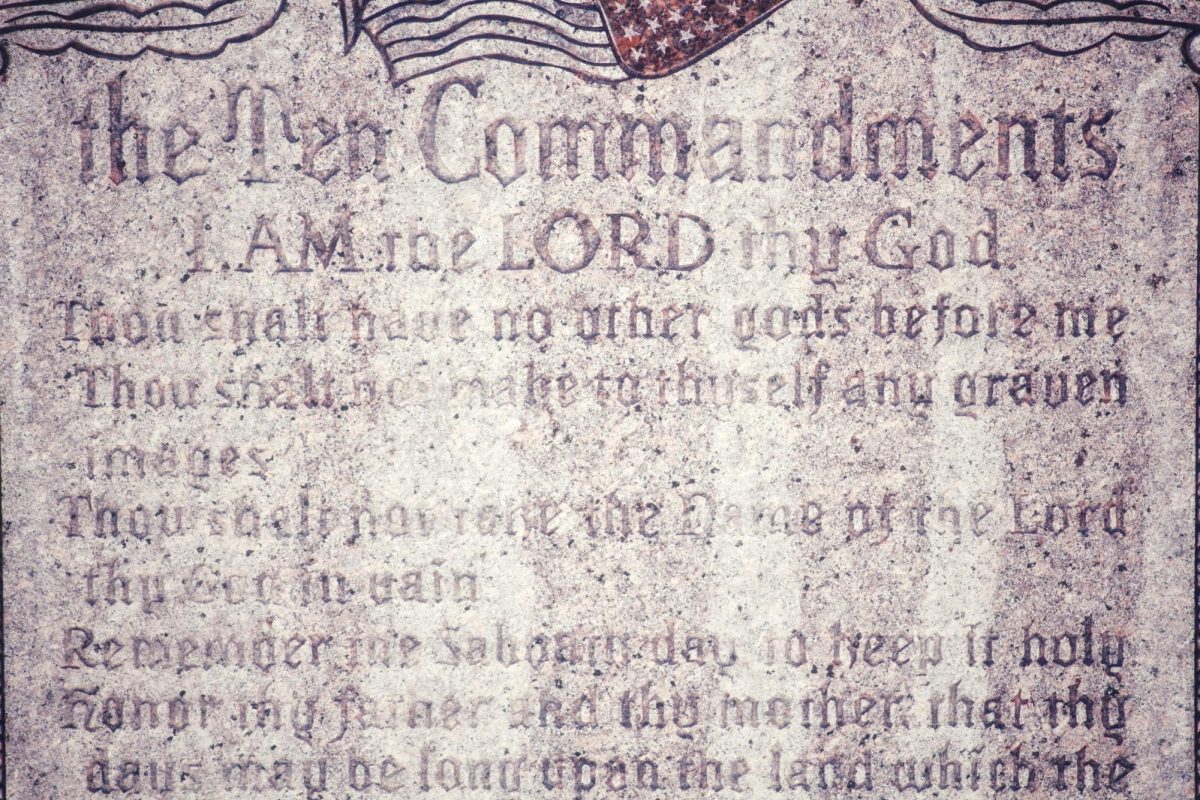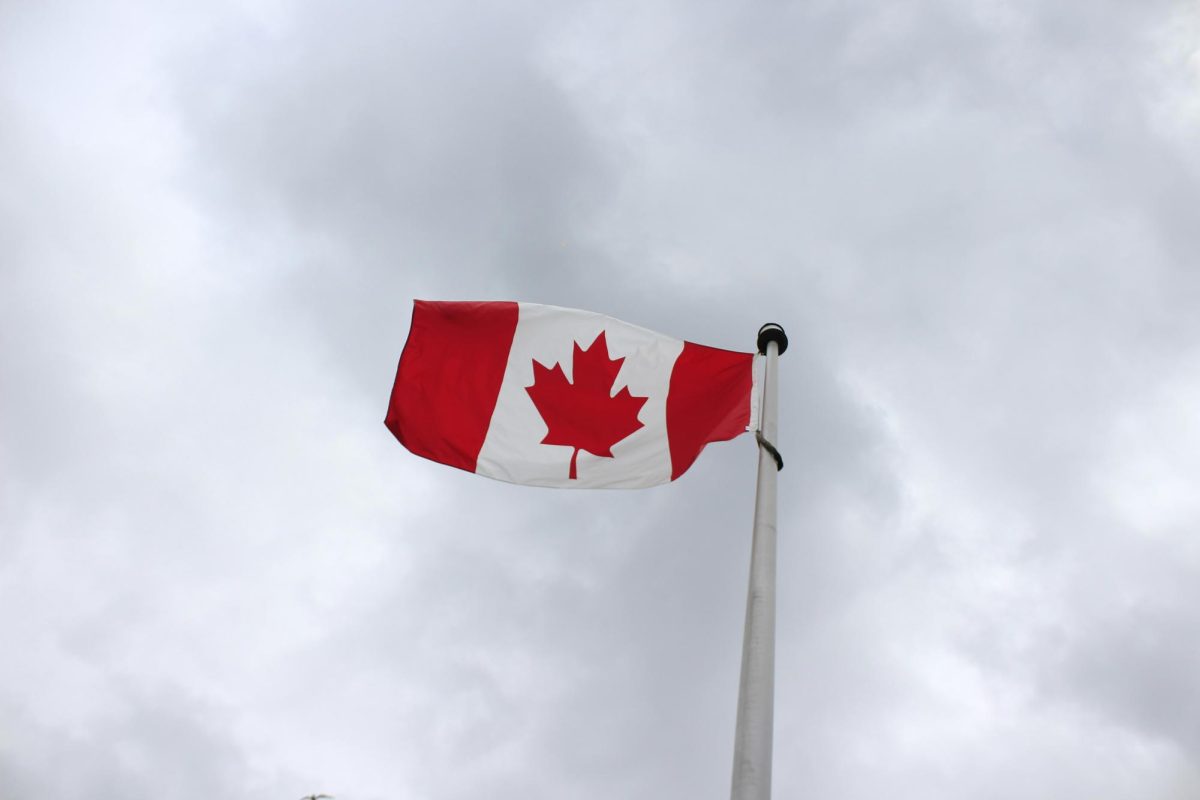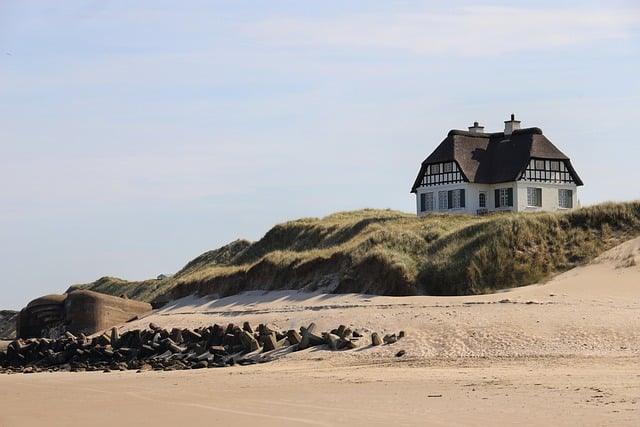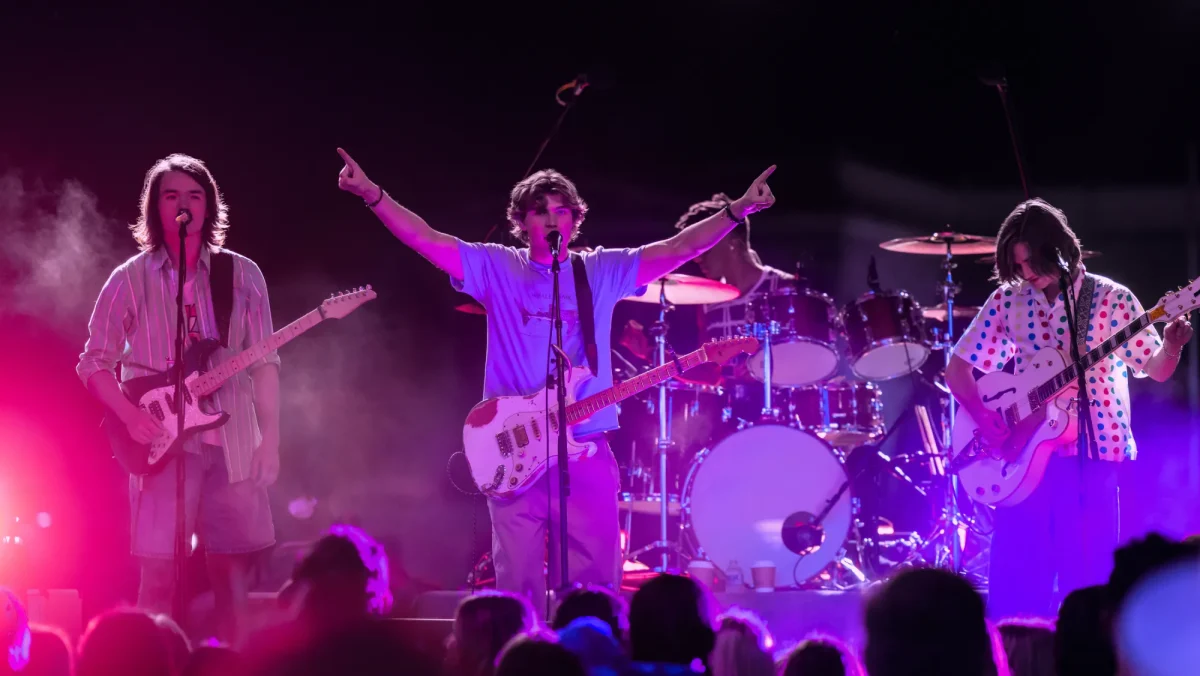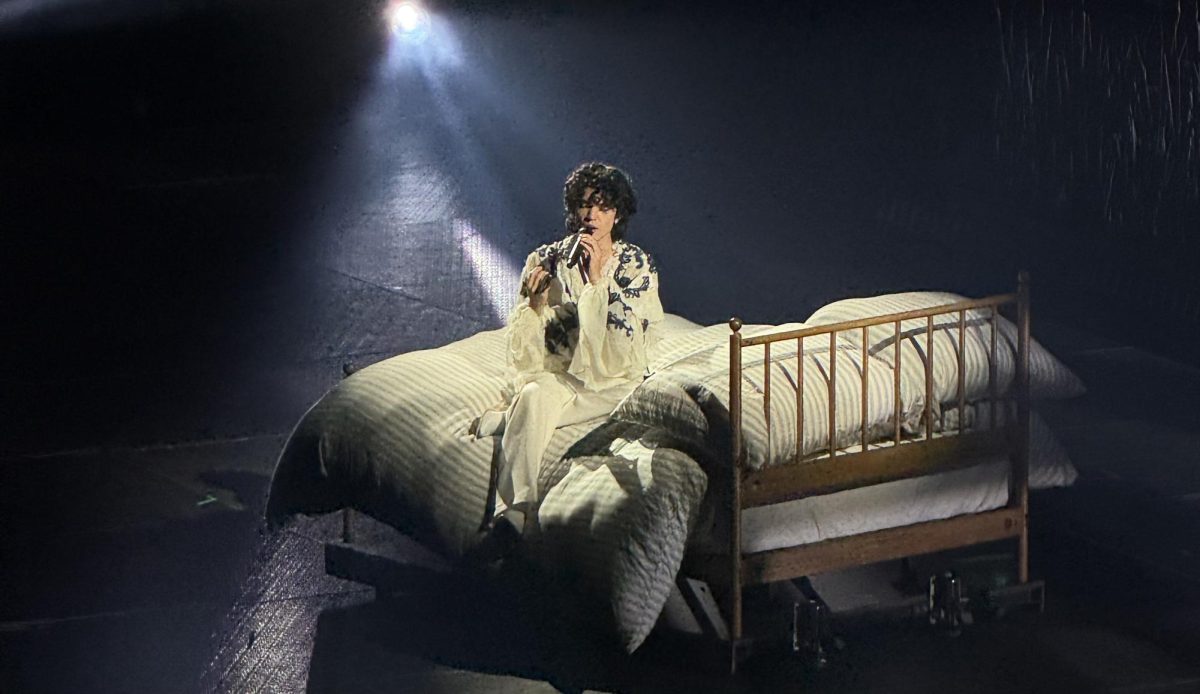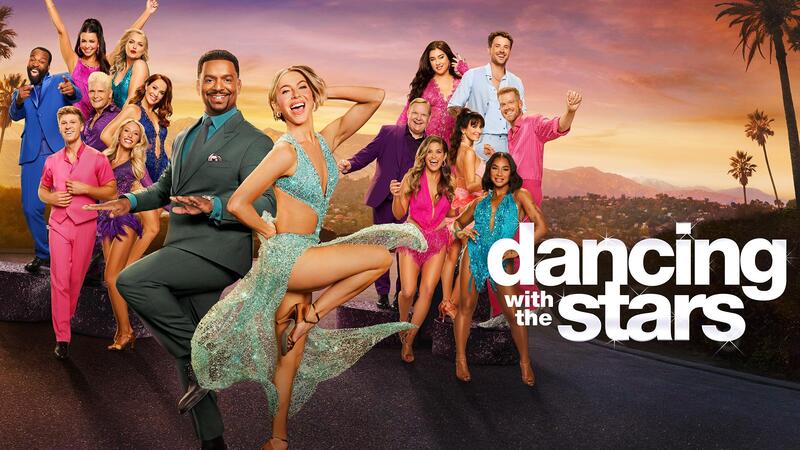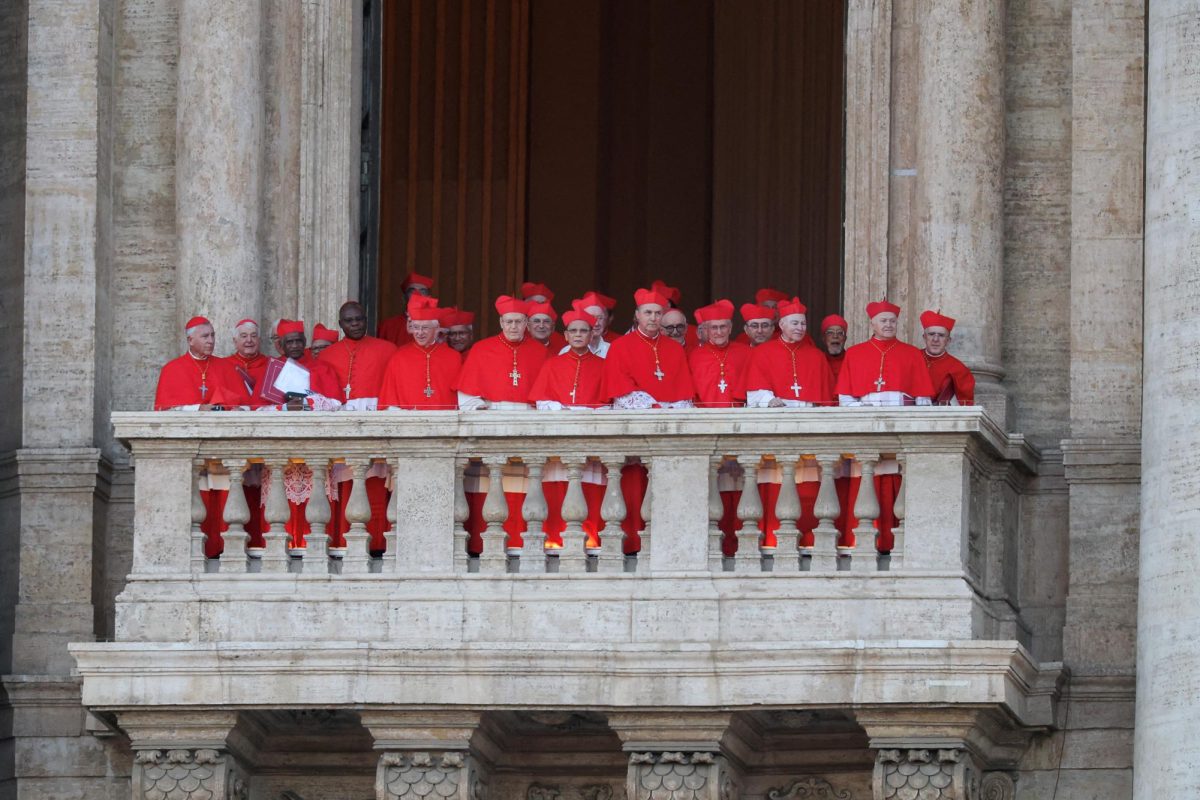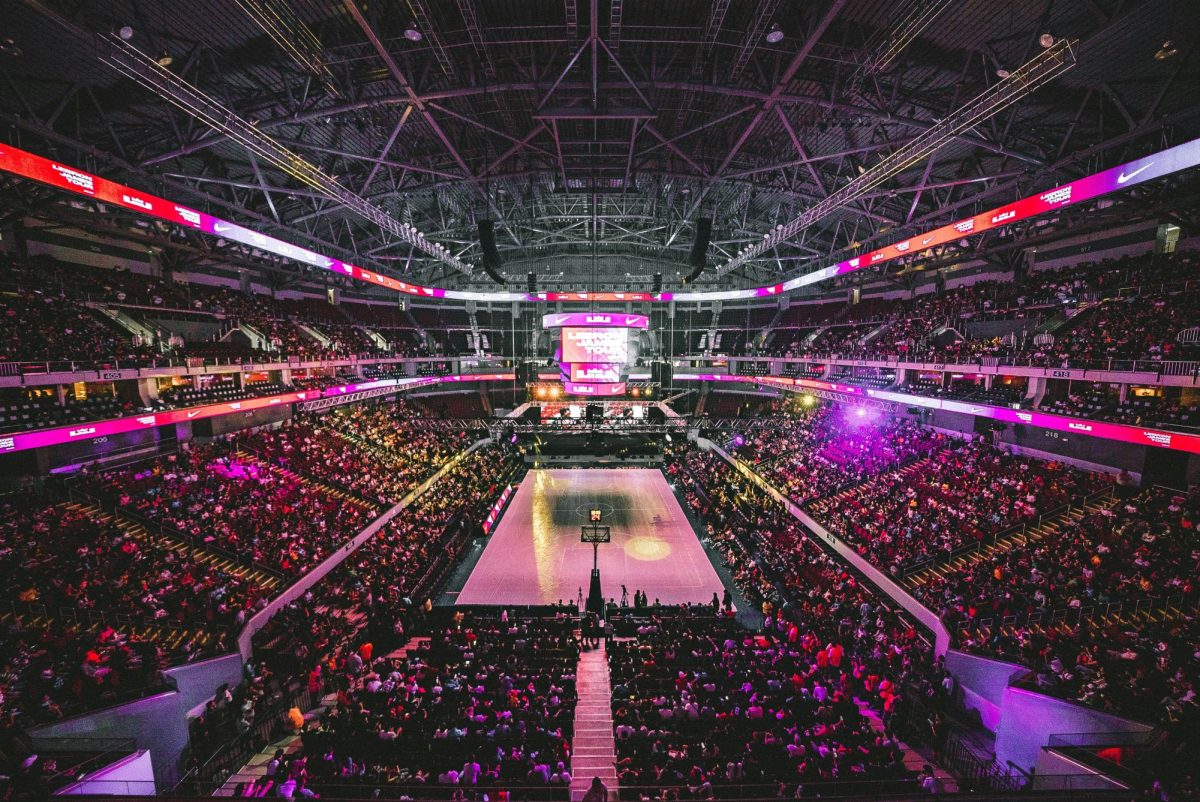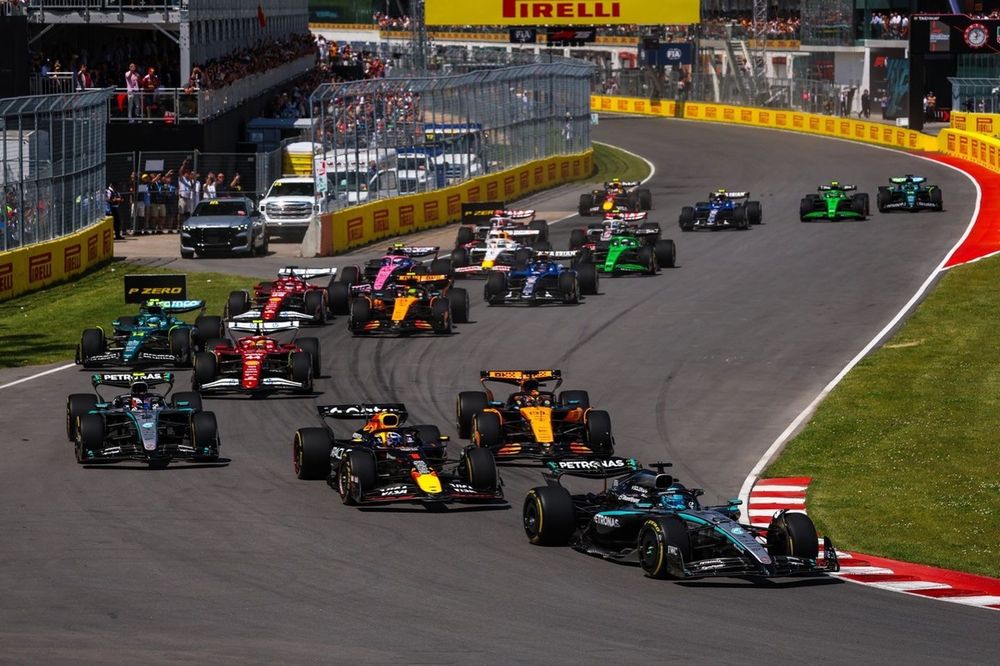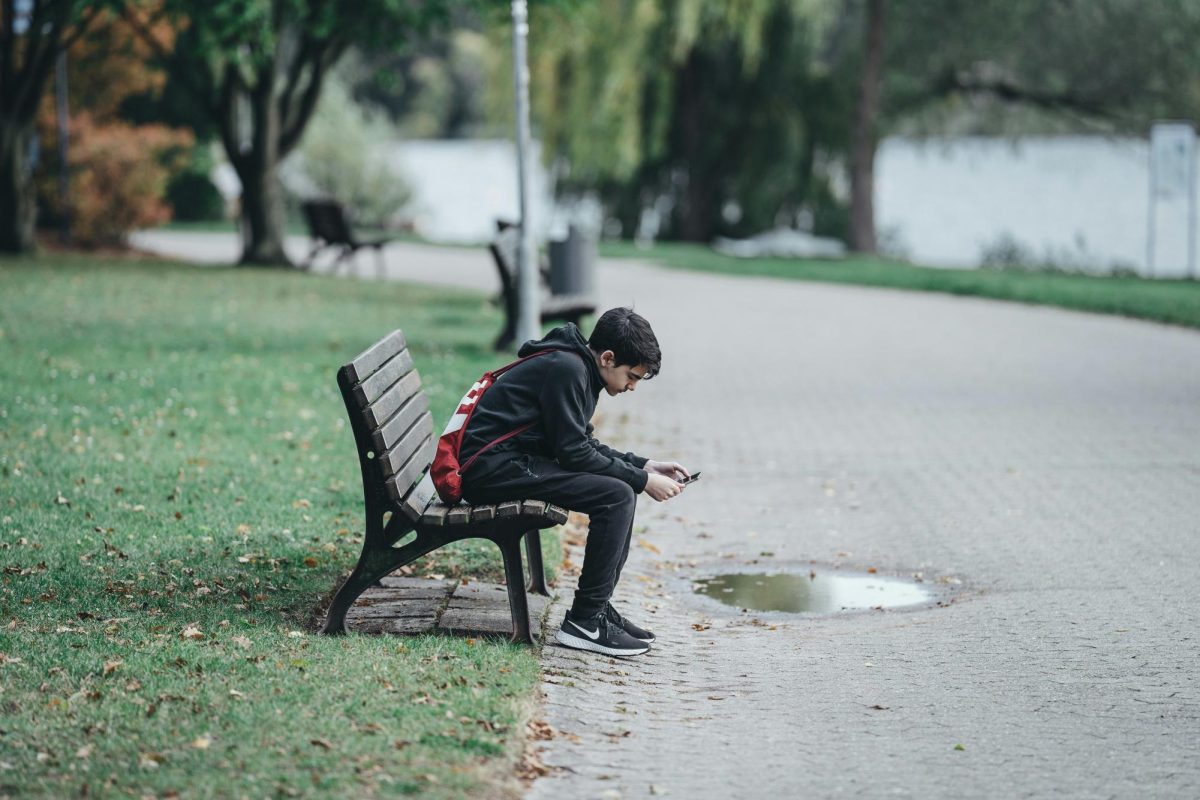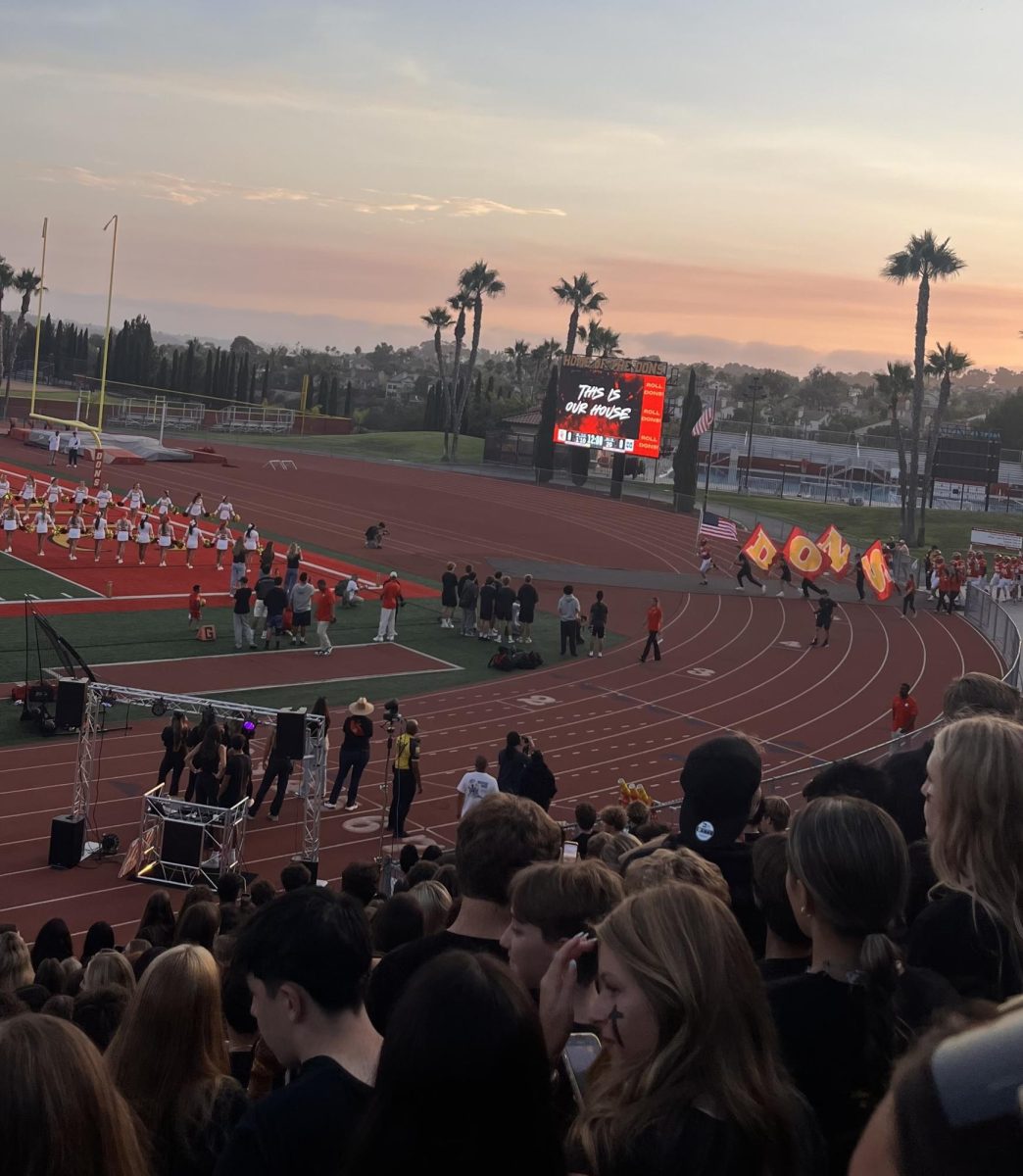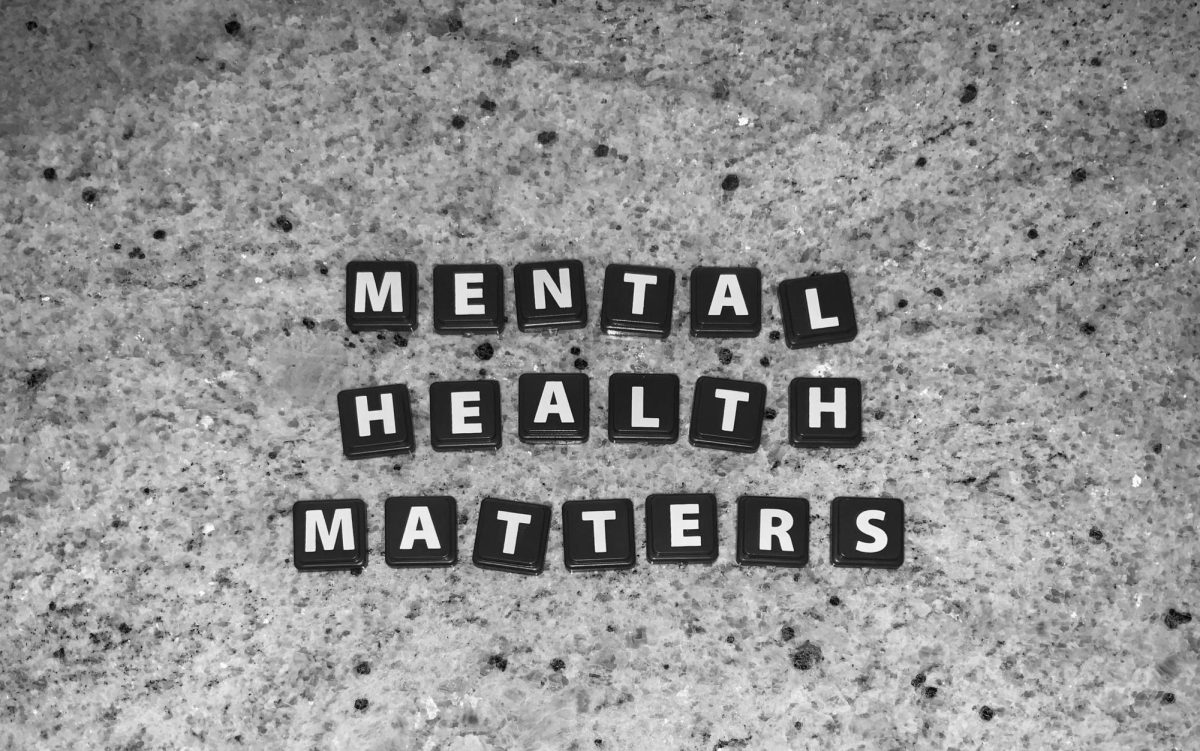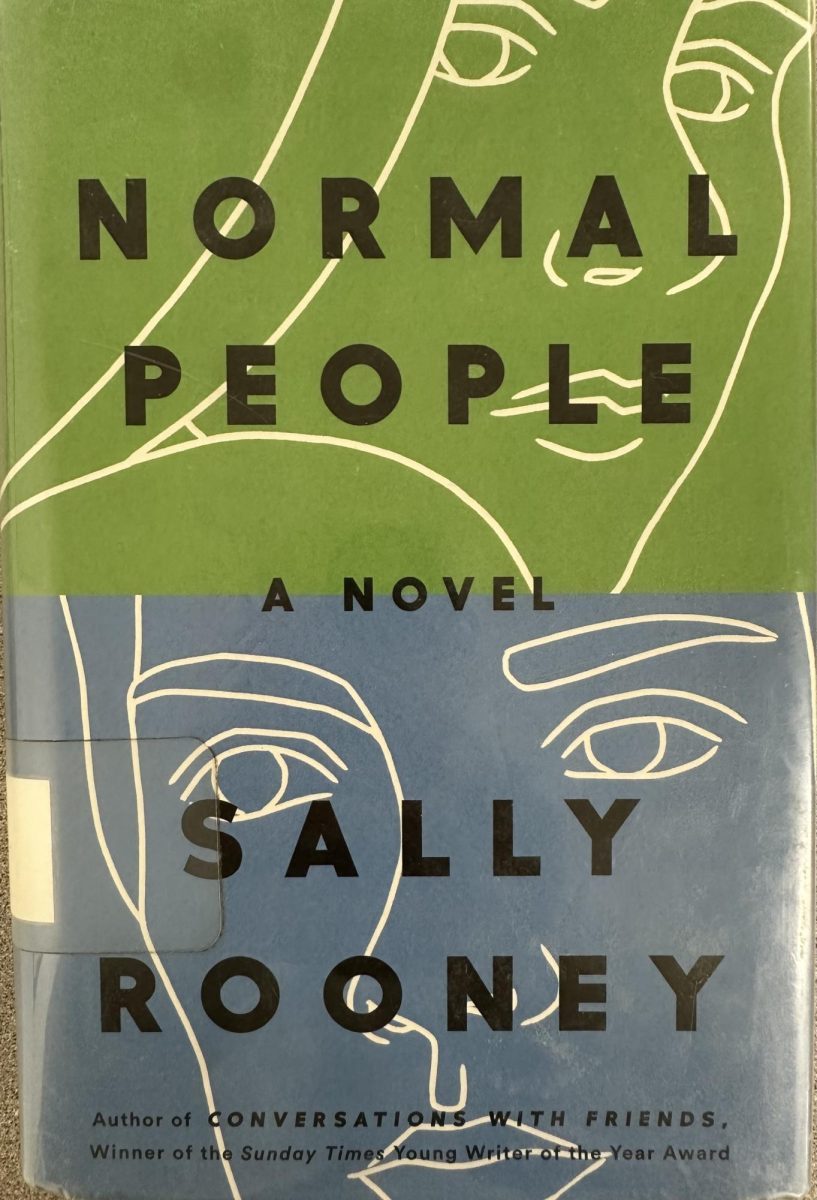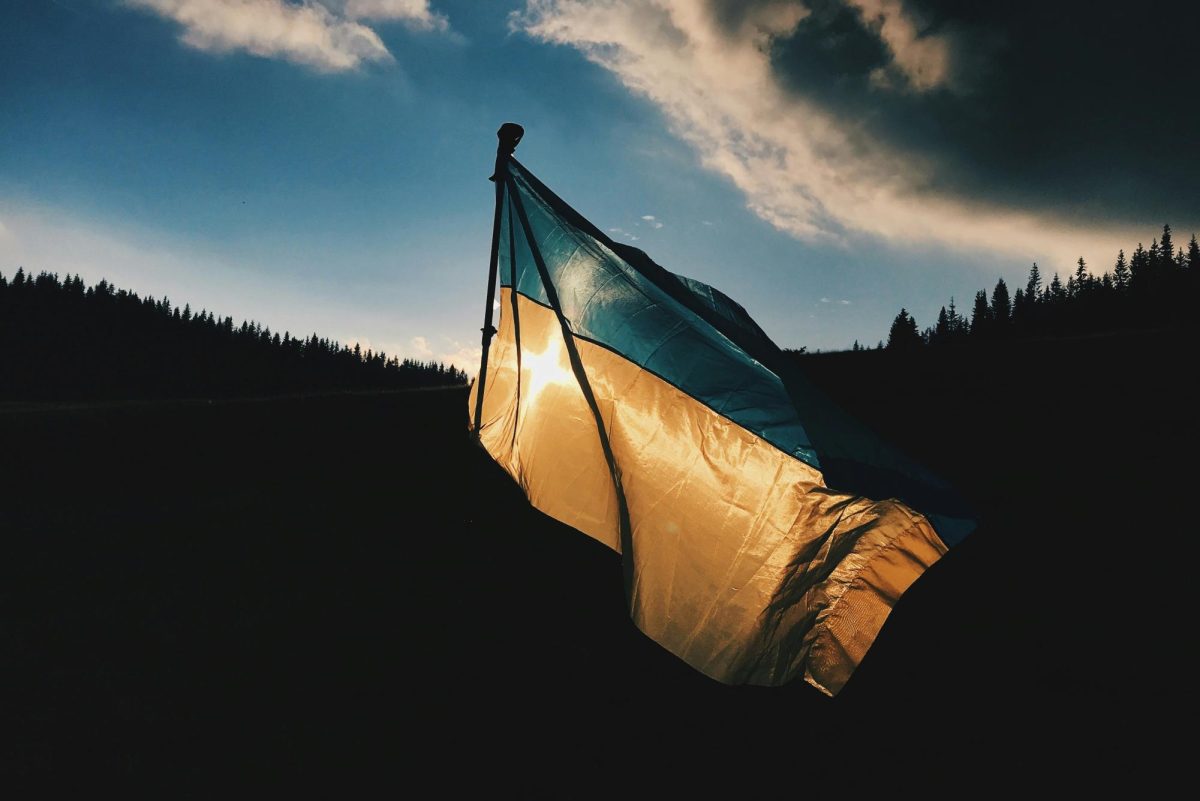In a significant development in the ongoing Russia-Ukraine conflict, both nations have agreed to exchange 1,000 prisoners of war each—the largest such swap since the war began in 2022 according to the Times of India. This agreement emerged from the first direct peace talks between the two countries in over three years, held in Istanbul. The agreement marks a fragile yet hopeful step toward de-escalation after months of intense fighting and civilian suffering.
Origins
The origins of violence between Ukraine and Russia are hard to trace back due to the complex historical tensions. The Russo-Ukrainian war began in February 2014 following Ukraine’s revolution of dignity, where citizens rose up to end government corruption and protect democratic values.
Following Ukraine’s revolution, Russia invaded and annexed the Crimean Peninsula from Ukraine, a crucial development as it hosts the only deep-water port on Russia’s Black Sea known as Sevastopol, which marked the beginning of the Russo-Ukrainian War. The war has resulted in a massive refugee crisis and the deaths of hundreds of thousands of civilians and military personnel.
Ms. Martinez, a history teacher at CCHS, explained that during the Soviet Union’s existence, which included Russia and other parts of Eastern Europe, “Ukraine during that period suffered greatly… many injustices, including famine and the killing of millions of Ukrainians.”
This corruption present during the Soviet Union’s reign would become a major factor in Ukraine’s justification for revolution and push for independence from Russia. This ideology was only met with violence and further injustice in Russia’s attempt to prevent Ukraine from gaining independence.
Response to Agreement
Ukrainian Defense Minister Rustem Umerov announced the deal, highlighting its potential to address humanitarian concerns and possibly de-escalate tensions. Russian delegation head Vladimir Medinsky confirmed the agreement and indicated that both sides would submit proposals for a possible ceasefire. Despite this progress, Ukrainian President Volodymyr Zelenskyy criticized Russia’s commitment to the negotiations.
Similarly, The White House and Donald Trump have also shared in Ukraine’s frustration that they want to see a permanent ceasefire and are becoming increasingly frustrated with the leaders of Russia for their failure to reach a permanent solution.
“While President Trump welcomes Vladimir Putin’s willingness to pause the conflict, the president has been very clear he wants a permanent ceasefire and to bring this conflict to a peaceful resolution,” US National Security Council Spokesman Brian Hughes said to CNN. President Trump has expressed his intention to meet directly with Russian president Putin, asserting that such a meeting is crucial to end the conflict.
On the battlefront, hostilities continue. Fighting has intensified, with Russian forces making gains near Kupyansk, Toretsk, Kurakove, and Velyka Novosilka according to ISW. As of April 2025, it is estimated that Russia has suffered over 790,000 military casualties while Ukraine has suffered 400,000 military casualties and 12,900 civilian casualties.
While tensions still remain high, the agreement represents an opportunity for both sides to regroup and reevaluate the current situation and hopefully spark future discussion to permanently end the violence. While the road ahead is uncertain, the world now watches closely to see whether diplomacy can occur in the coming years.
